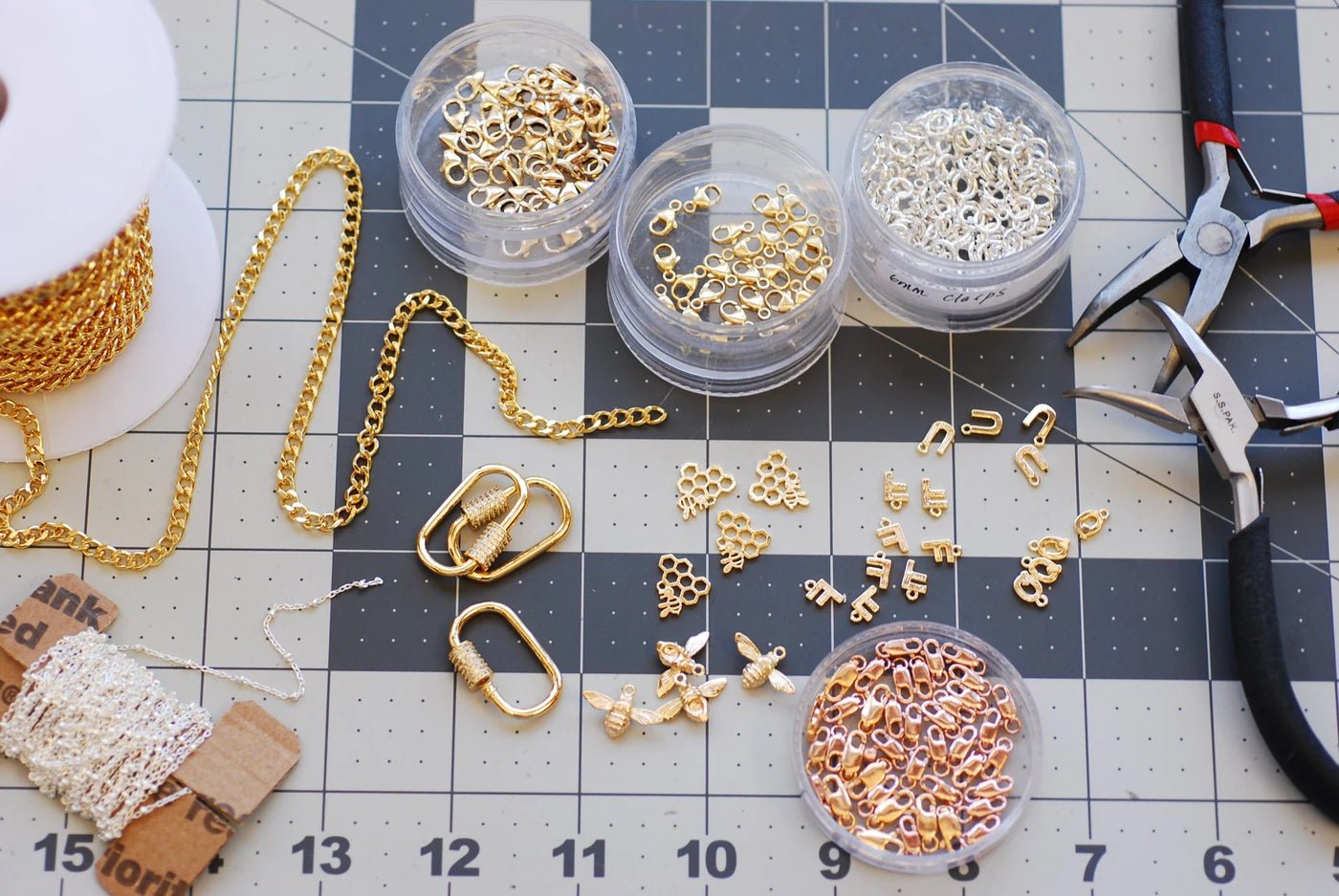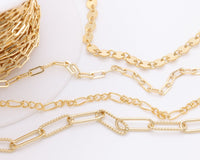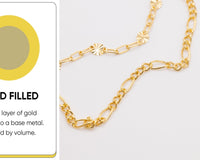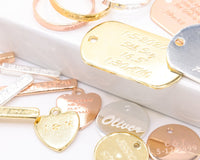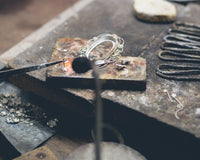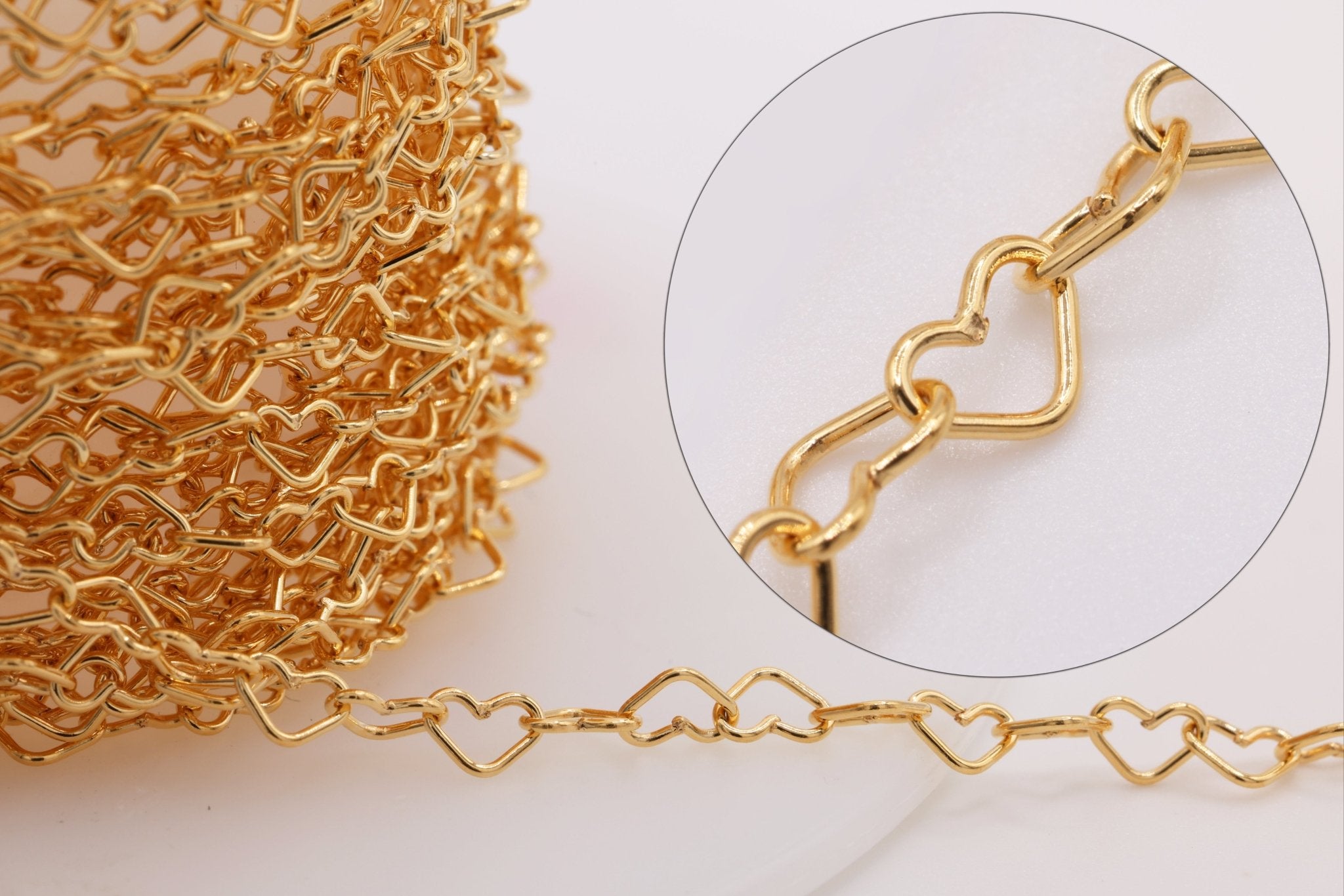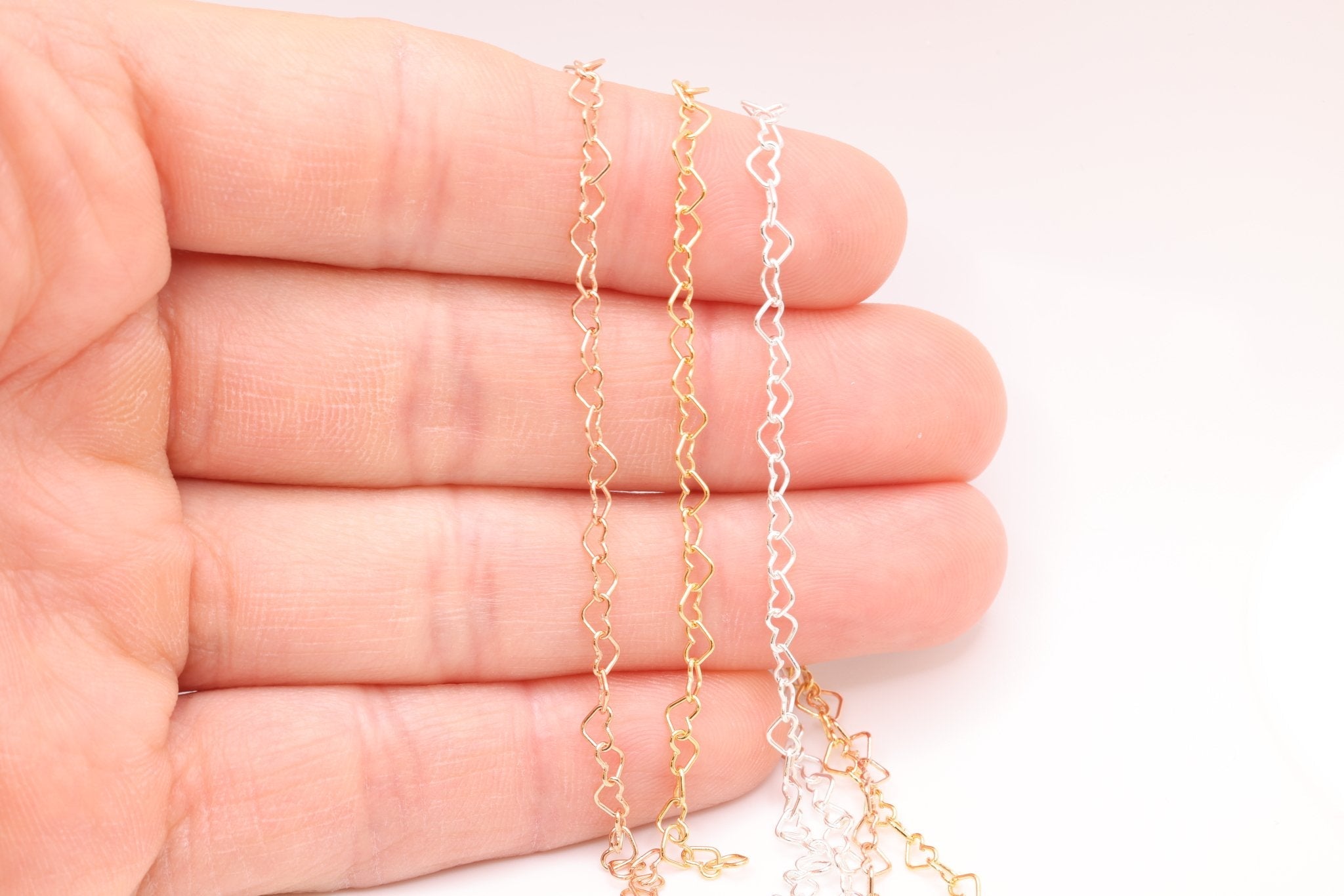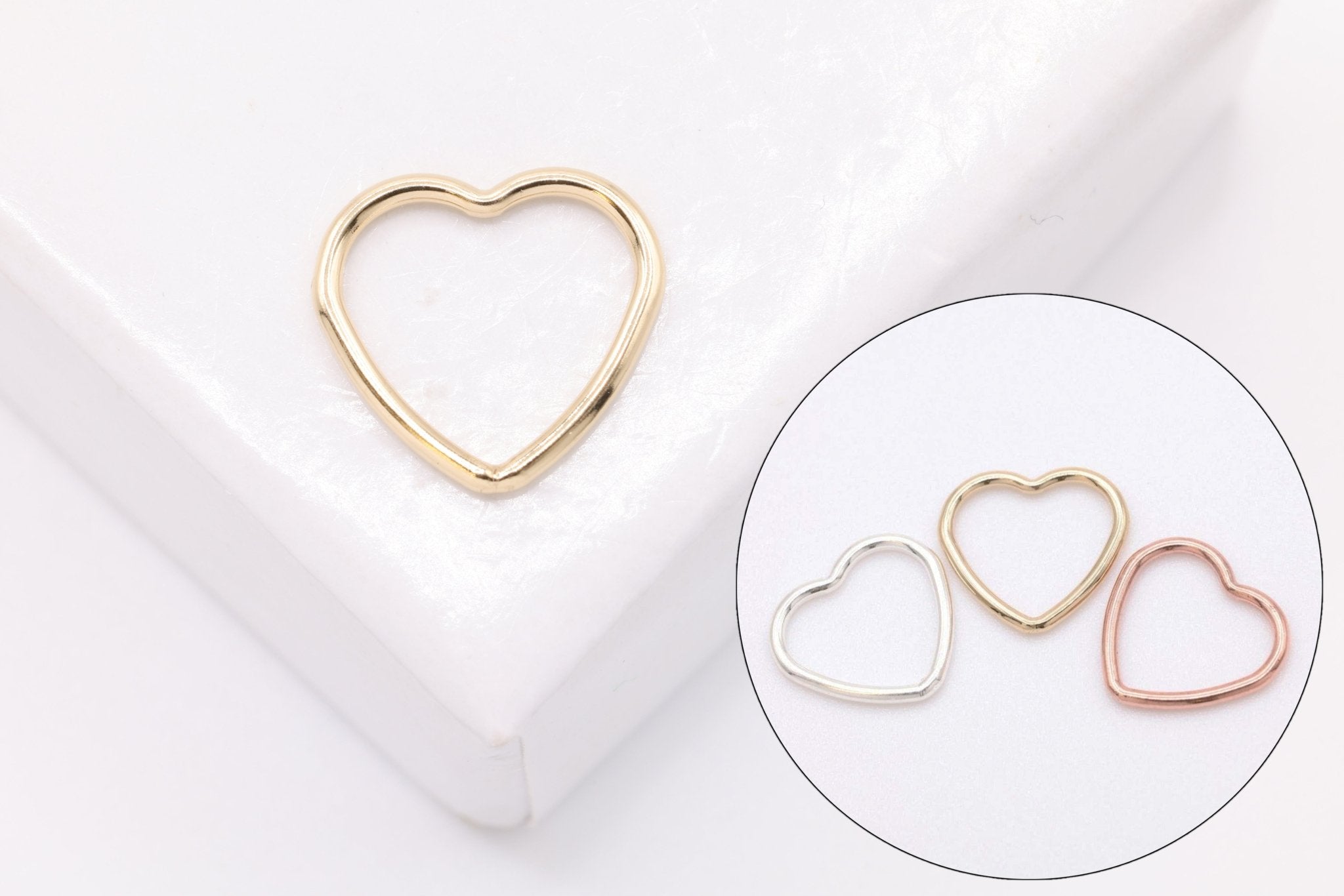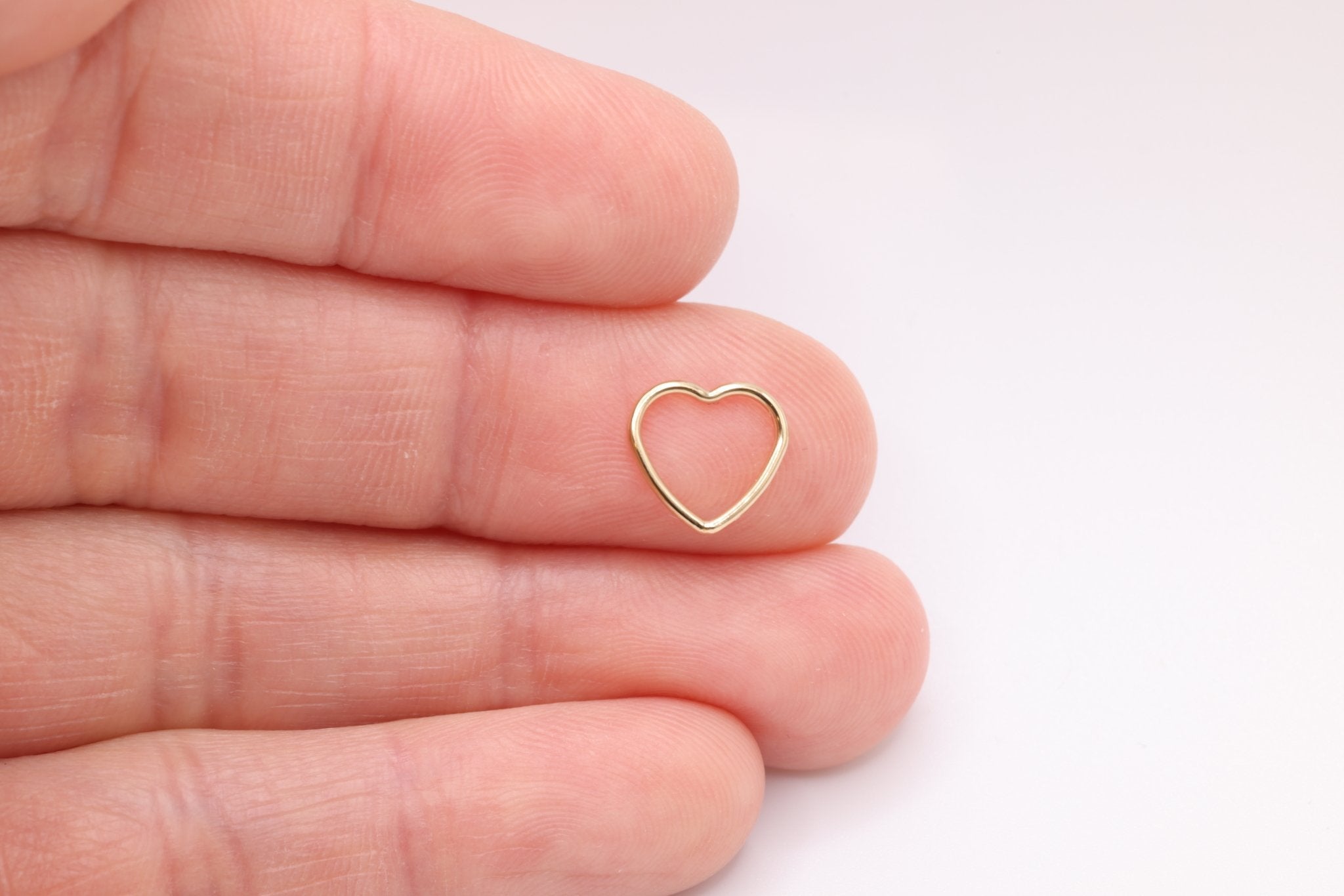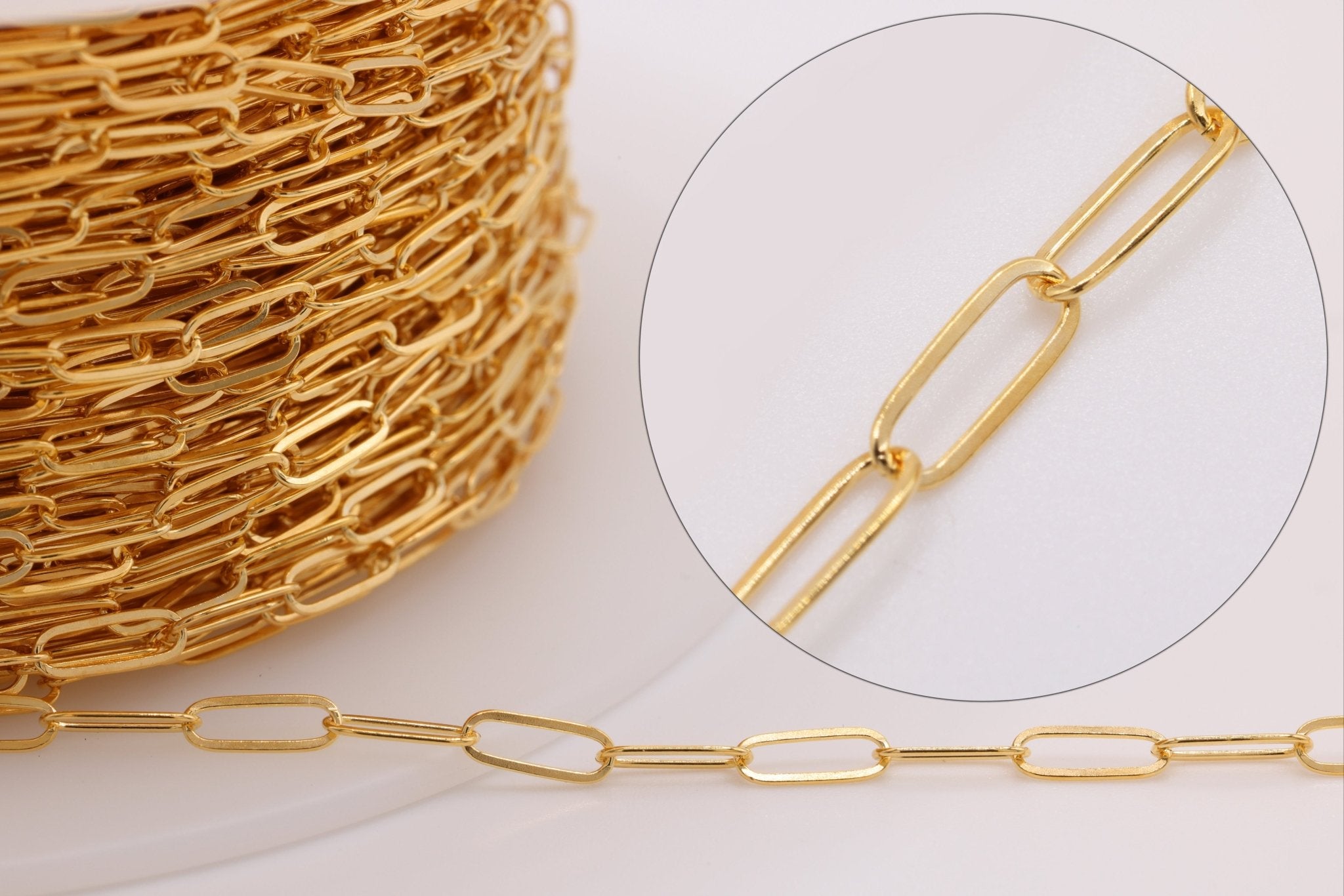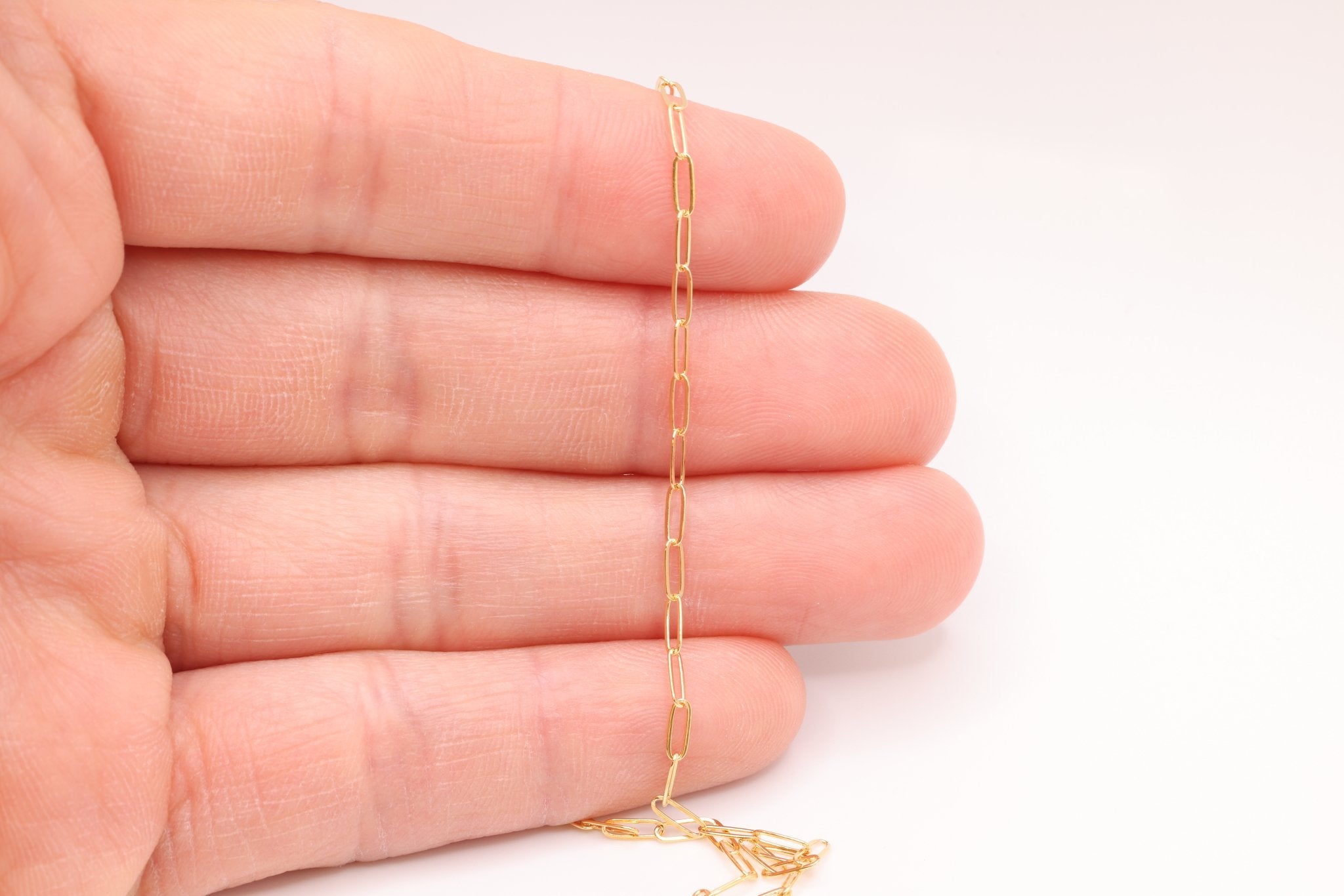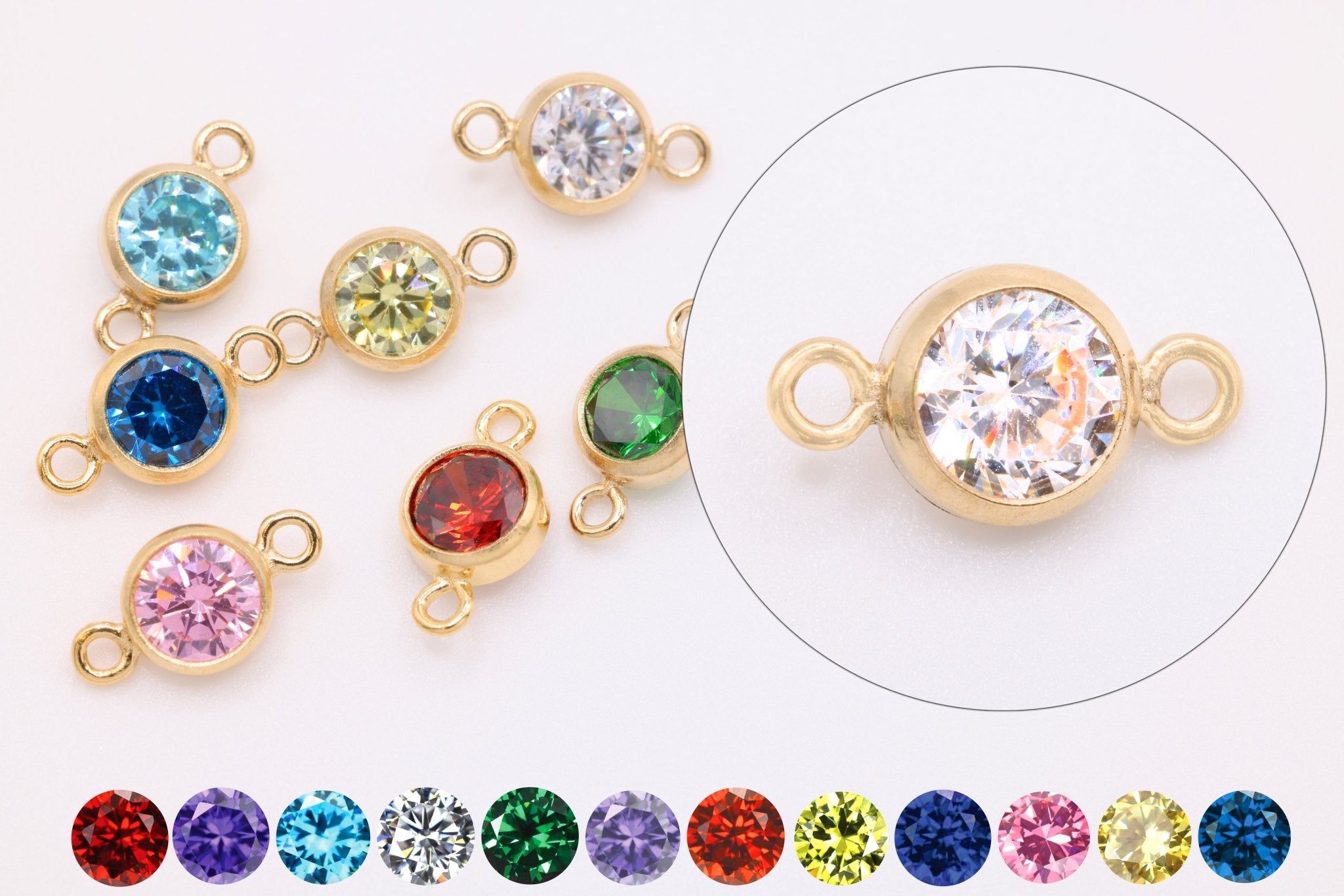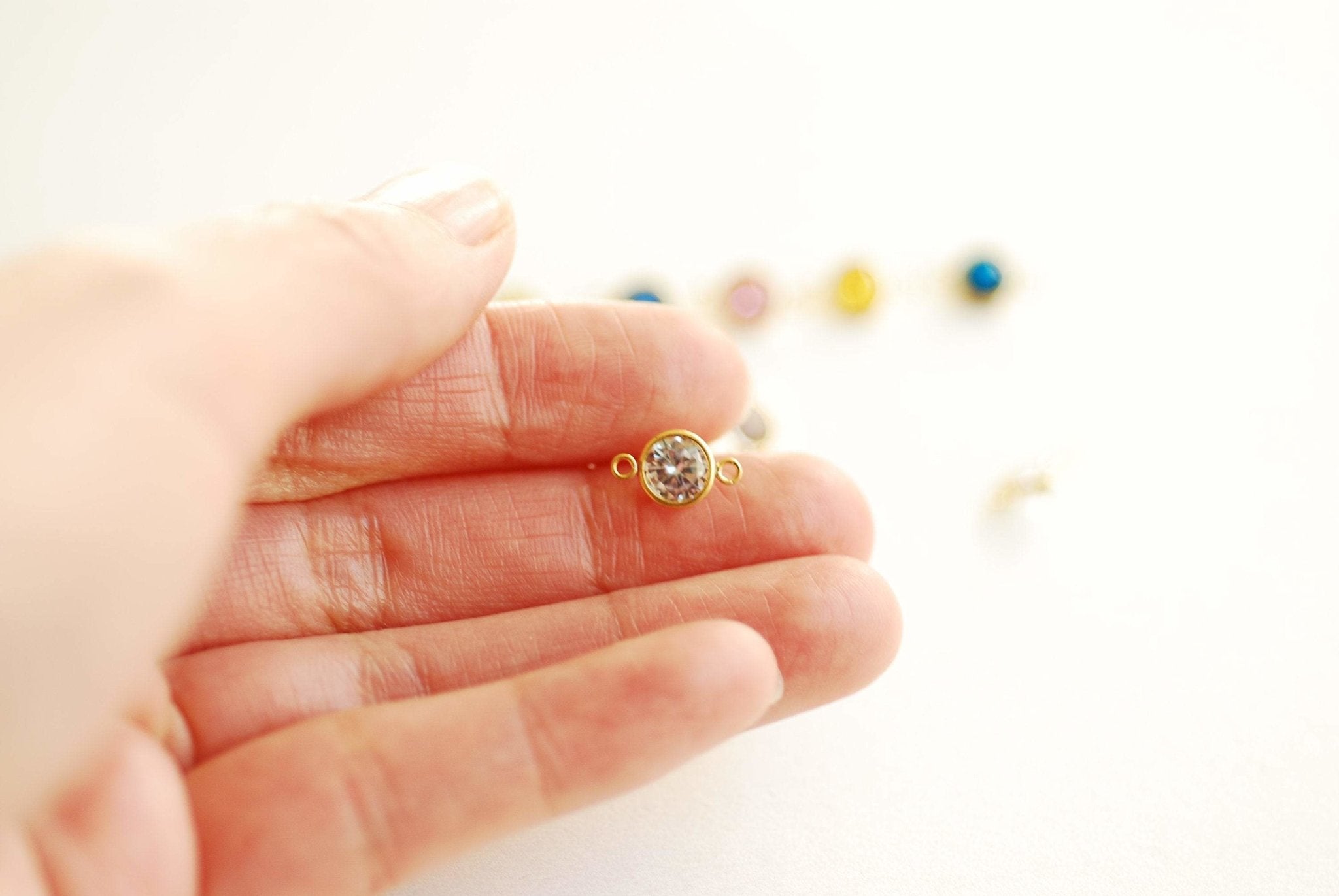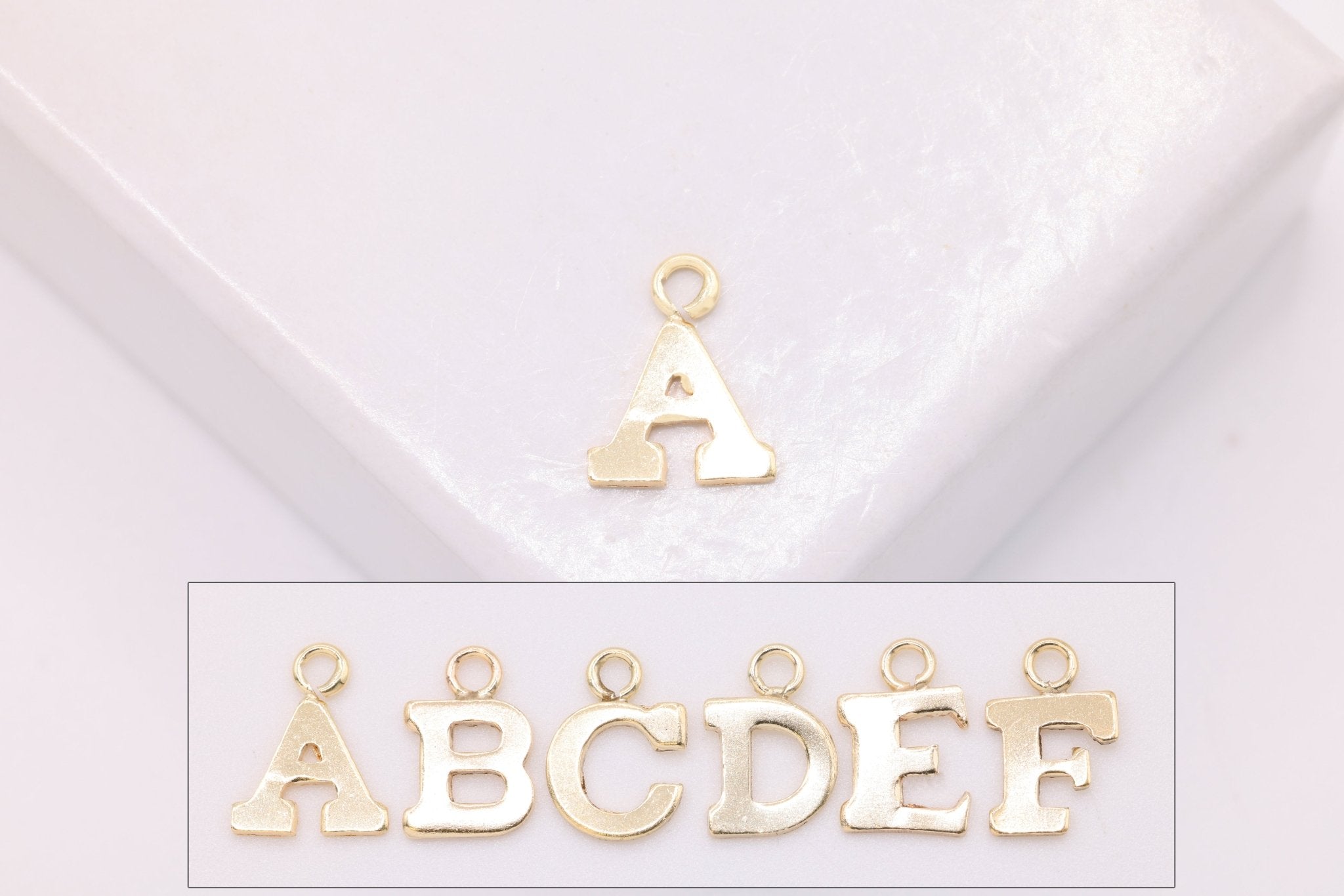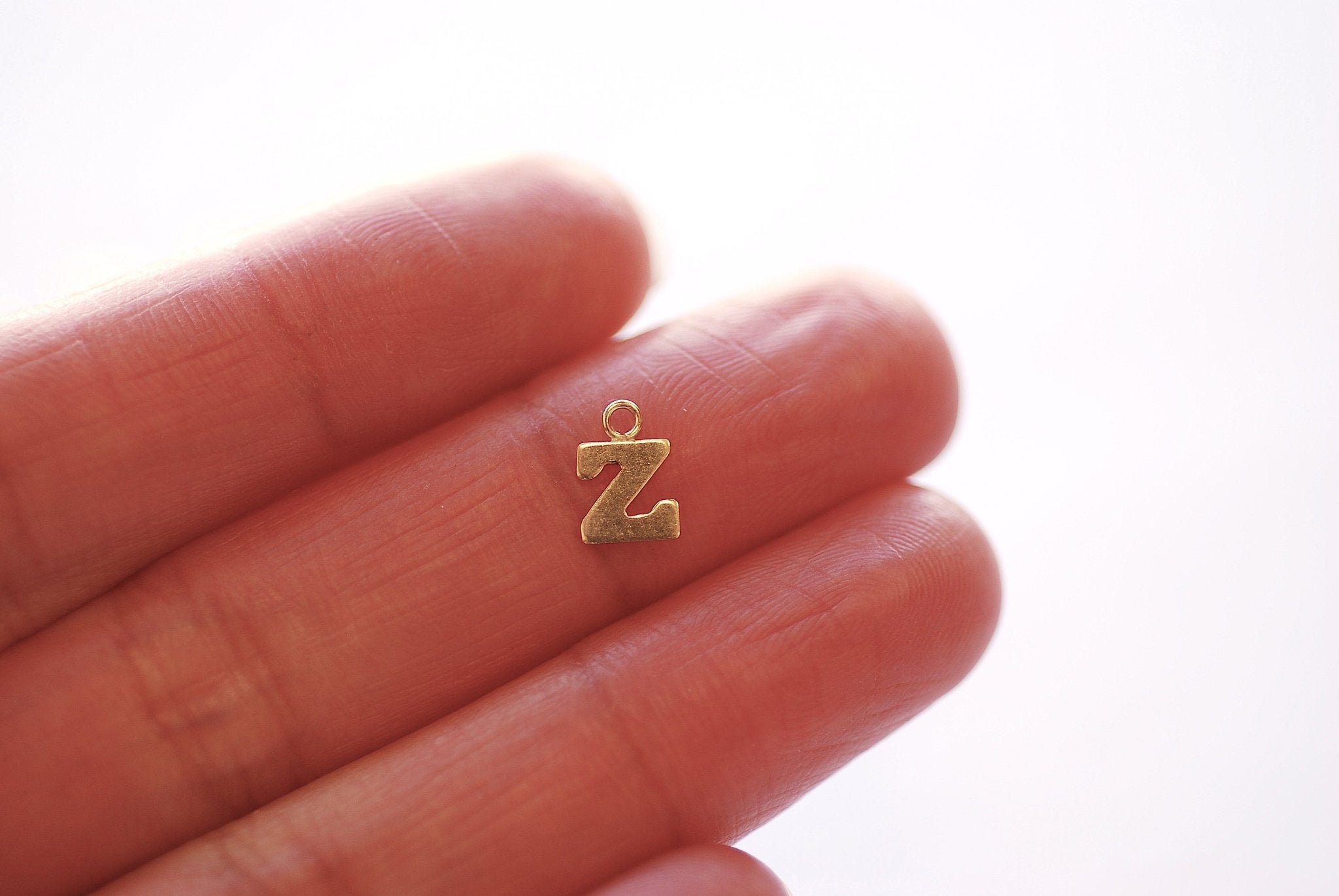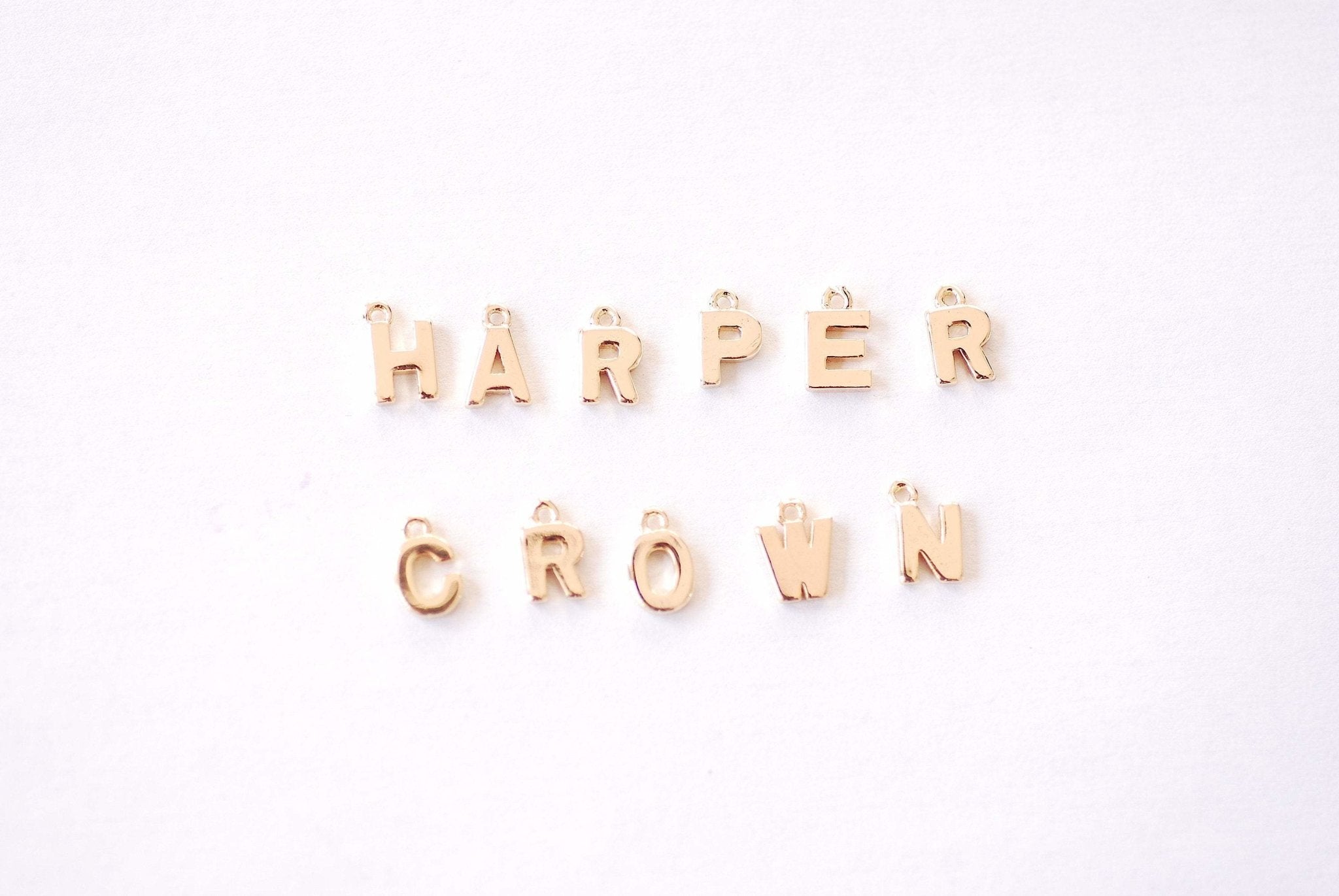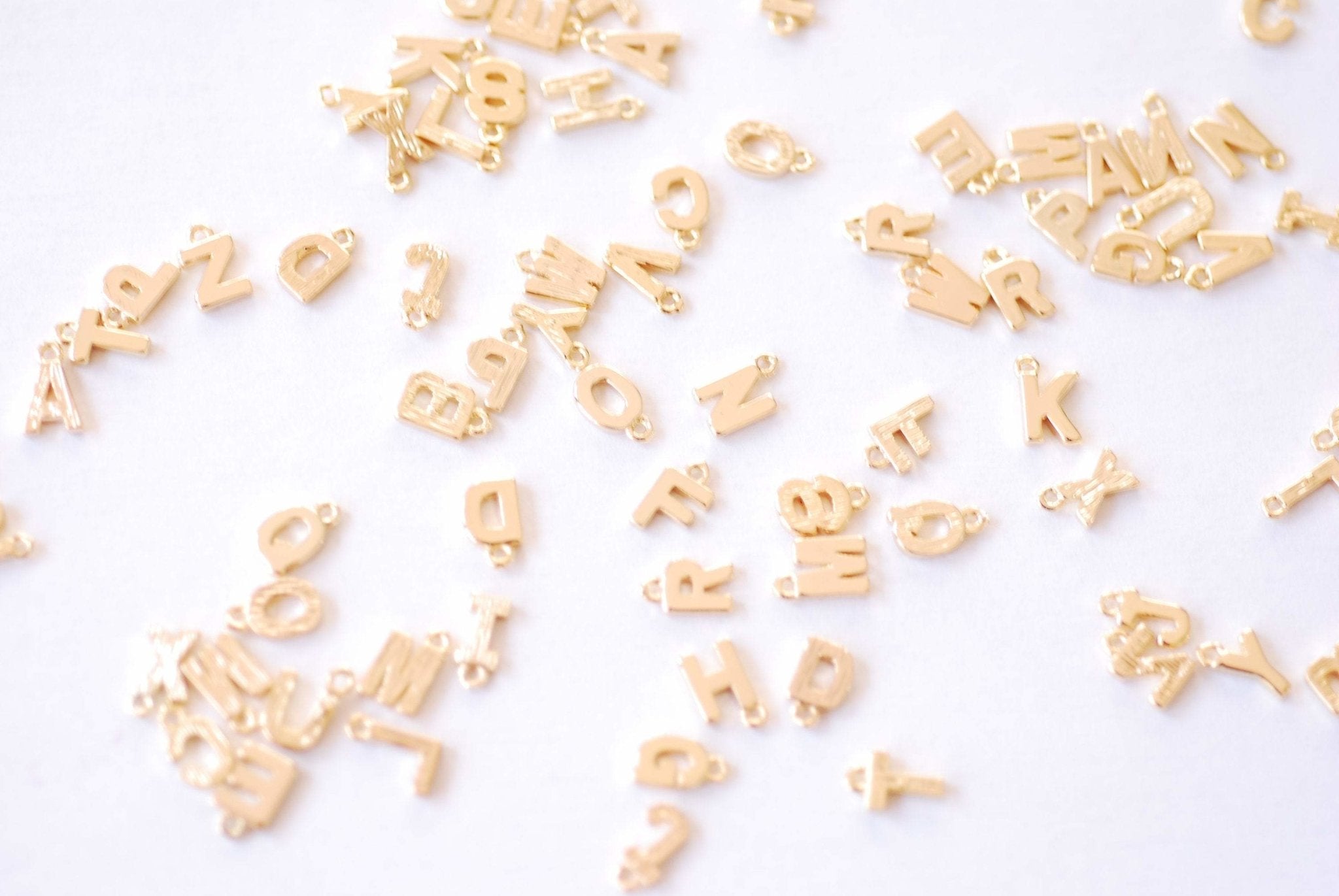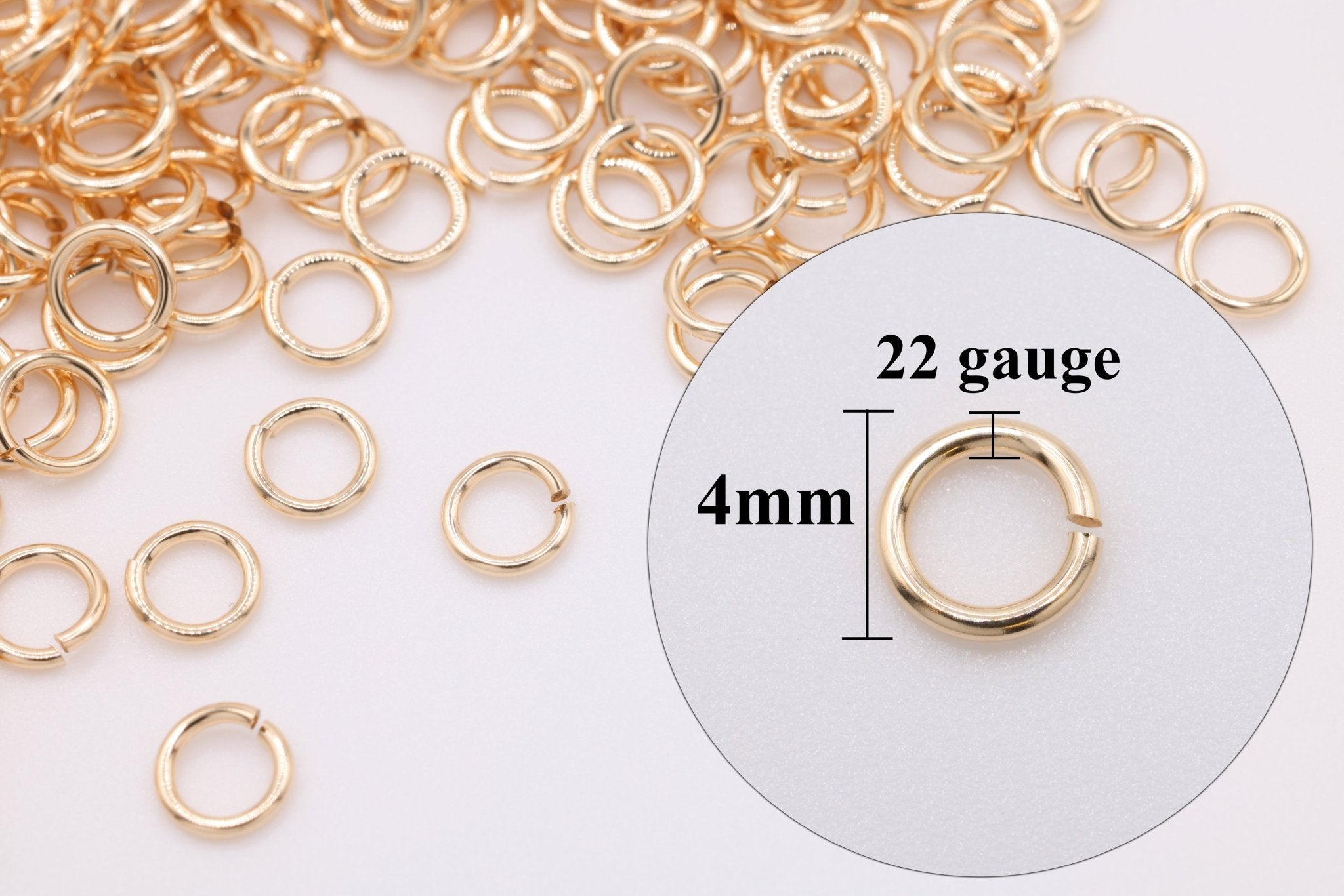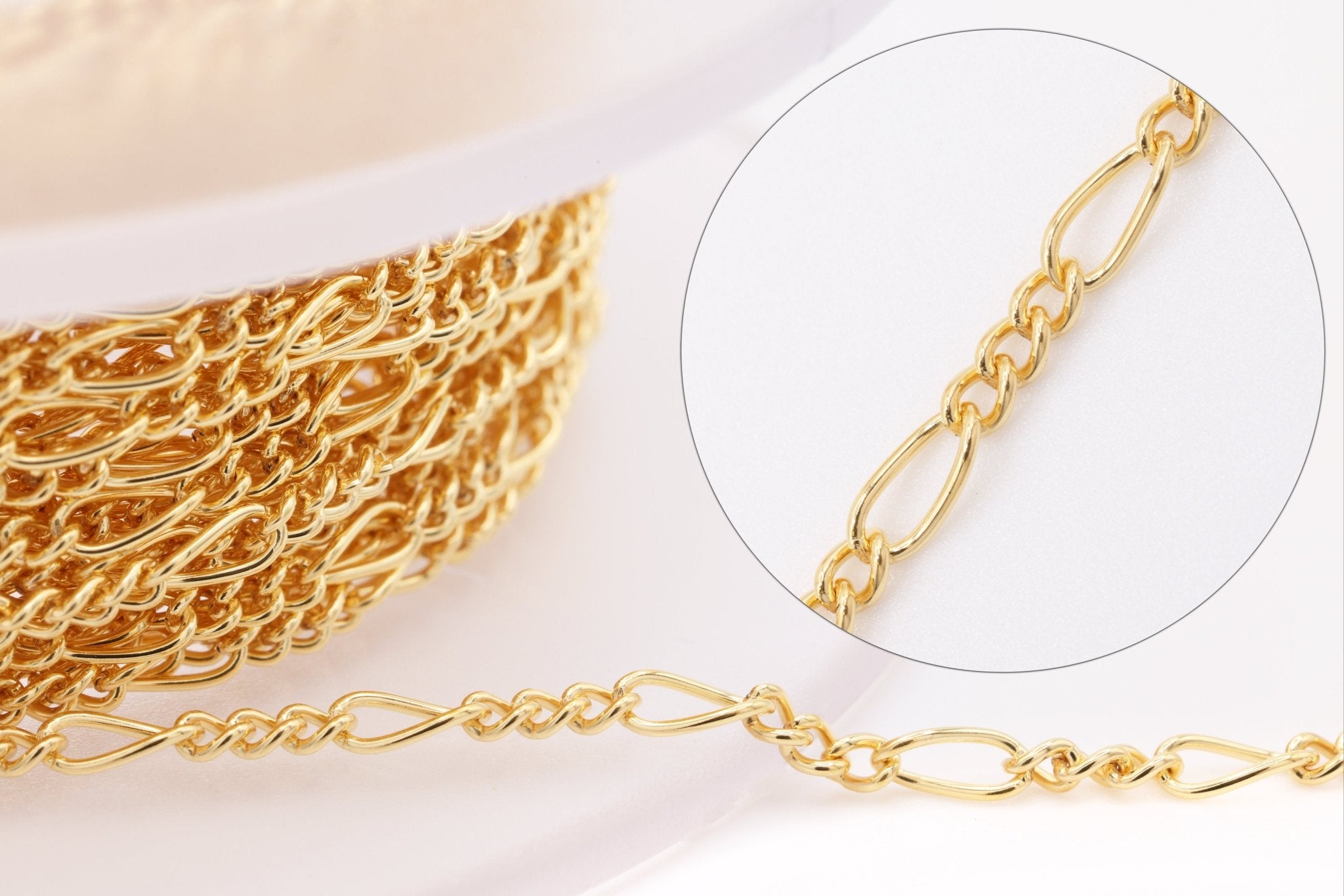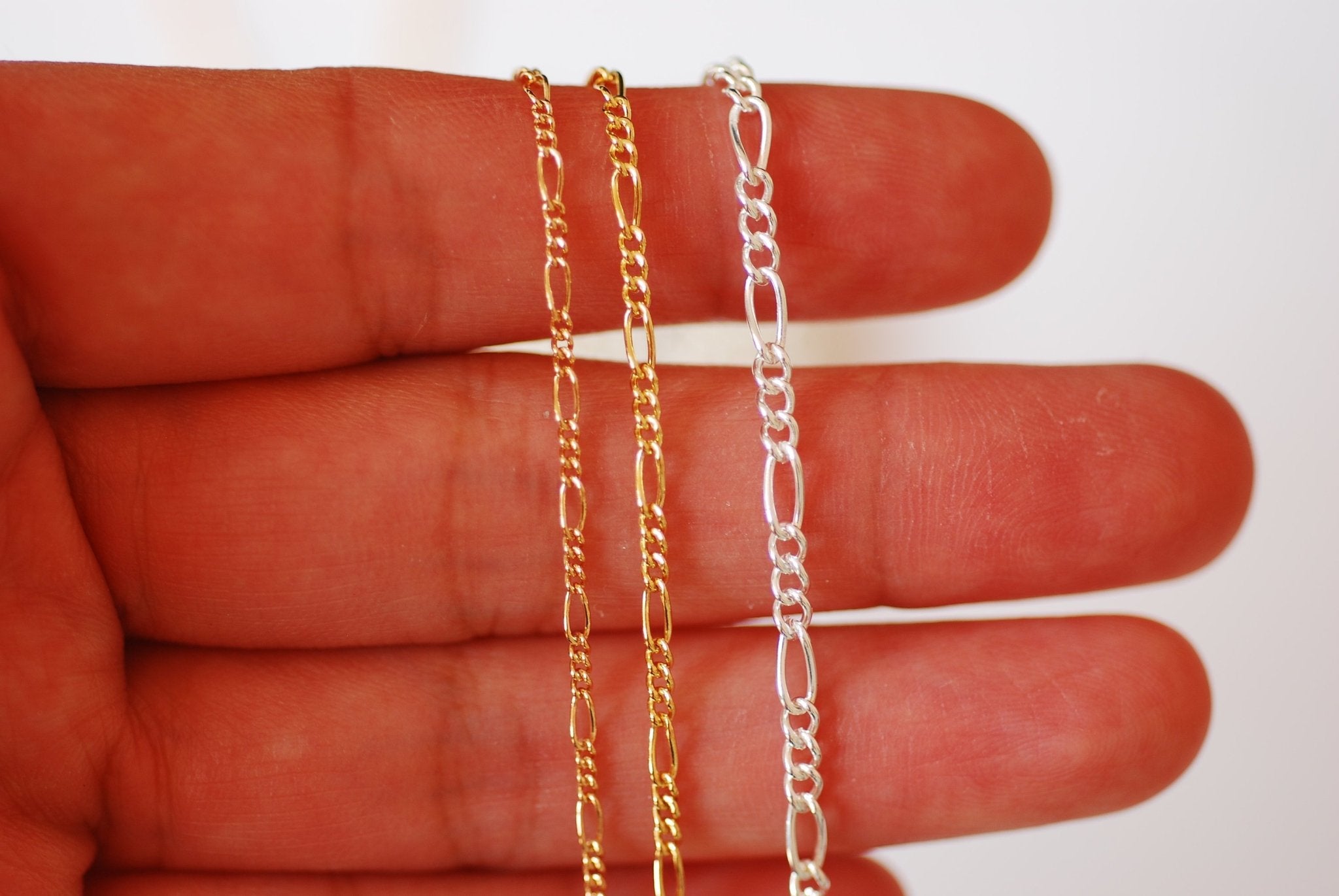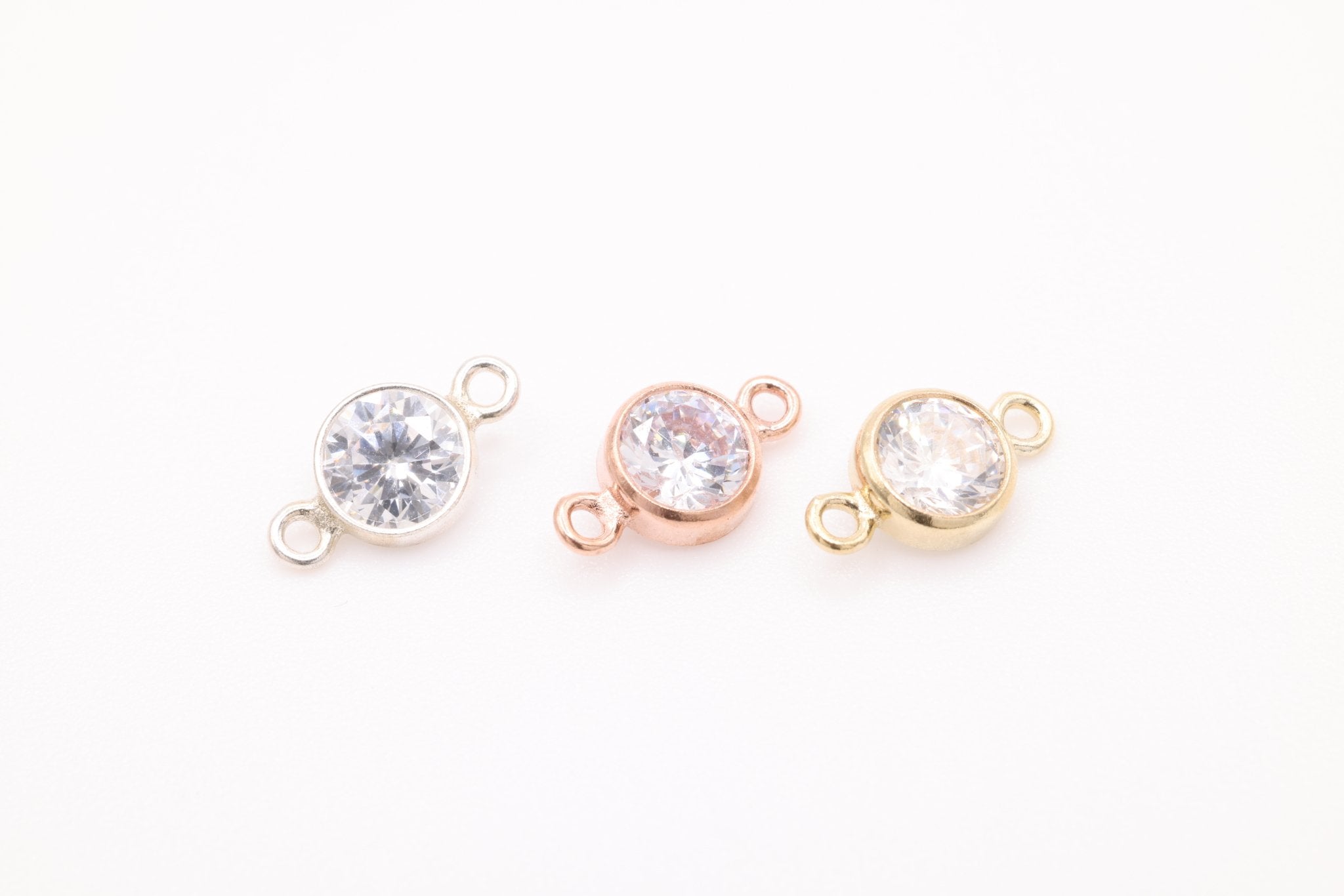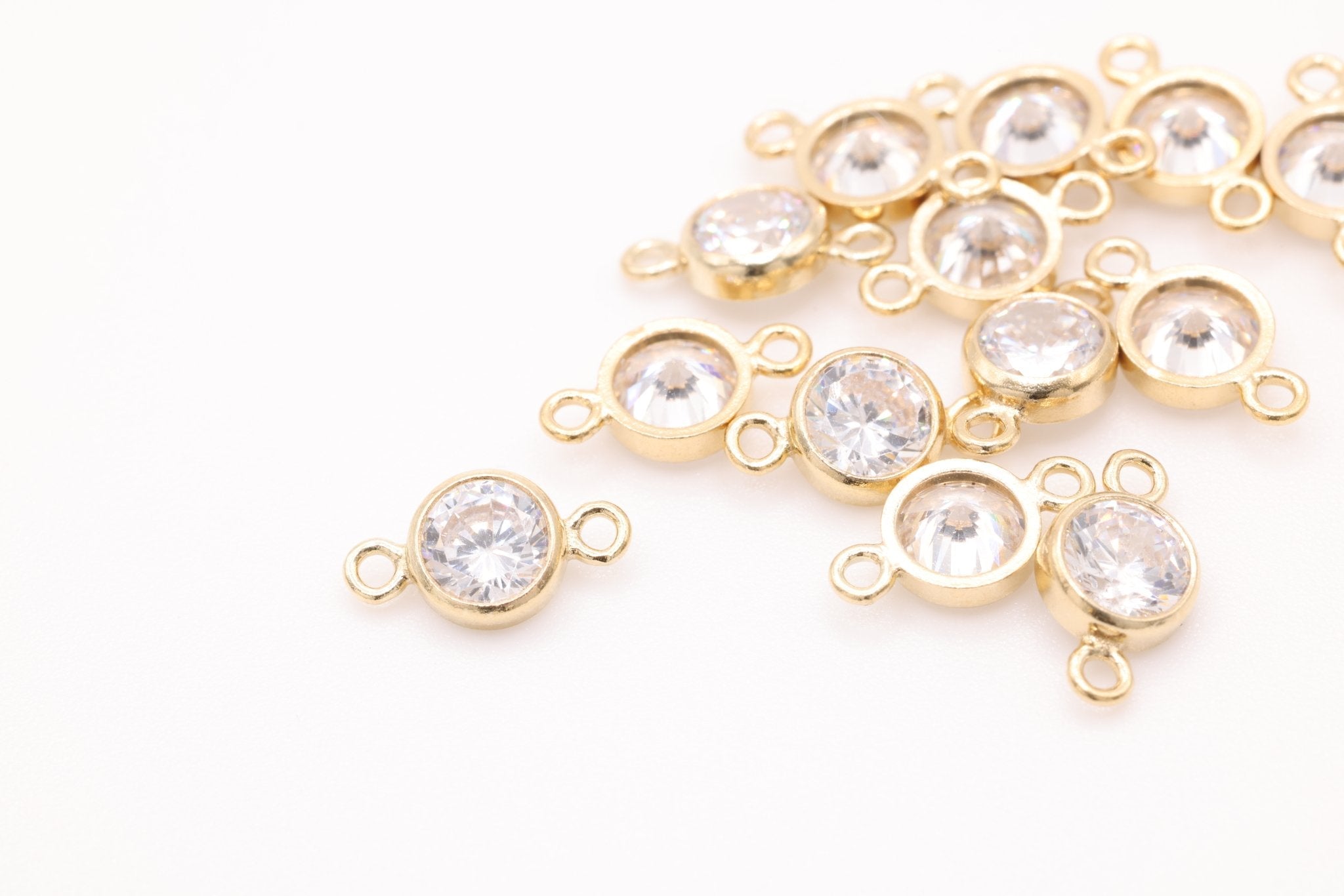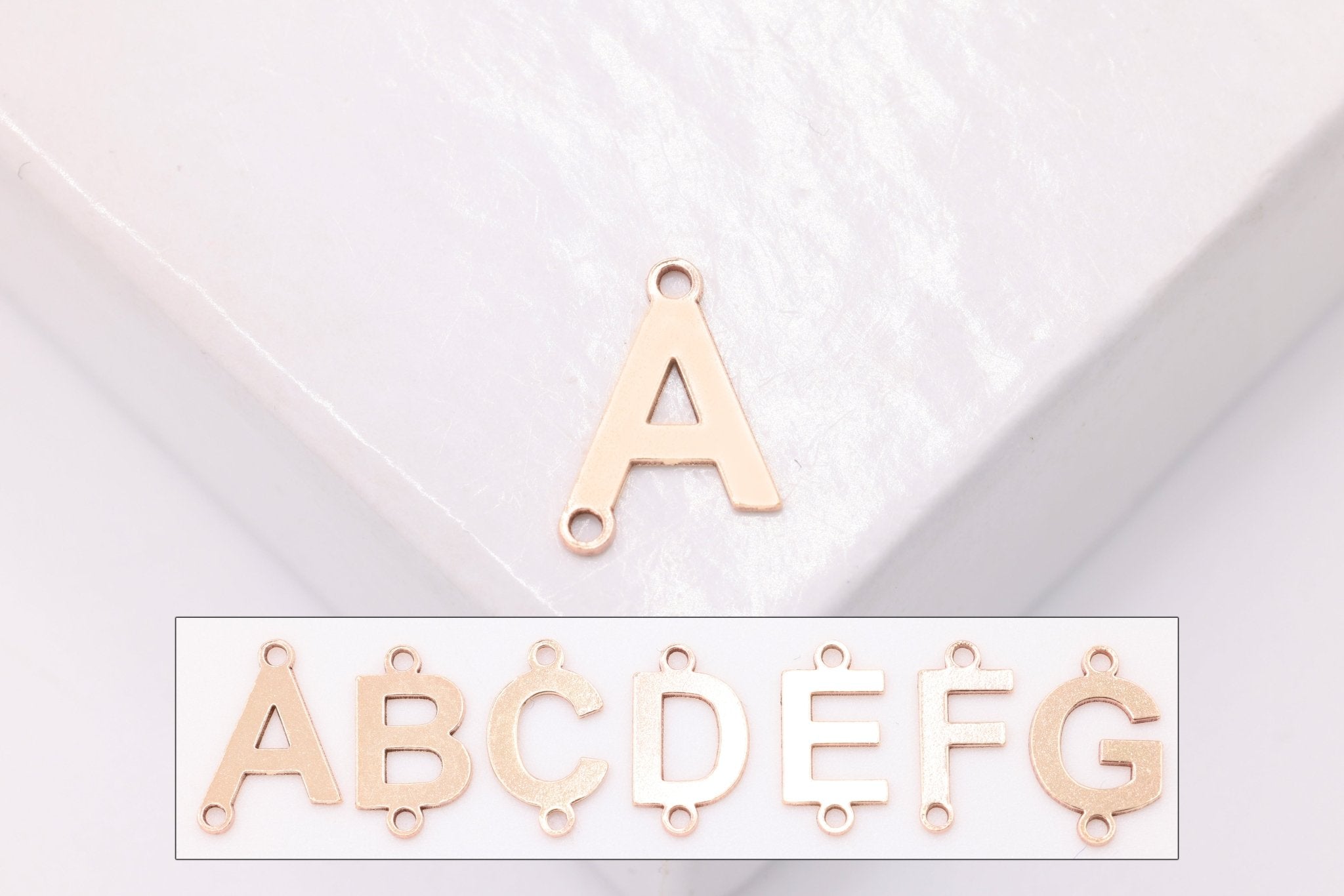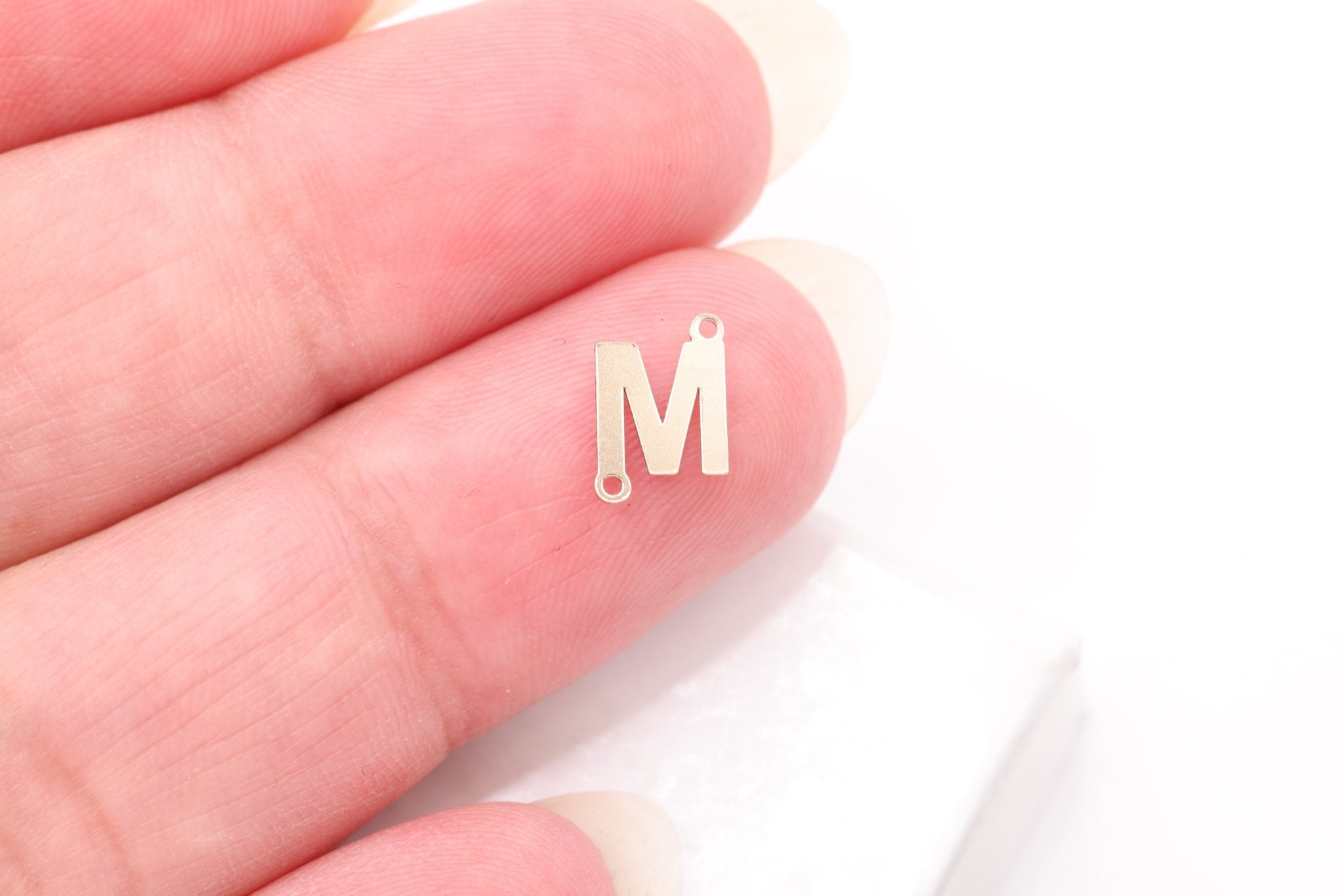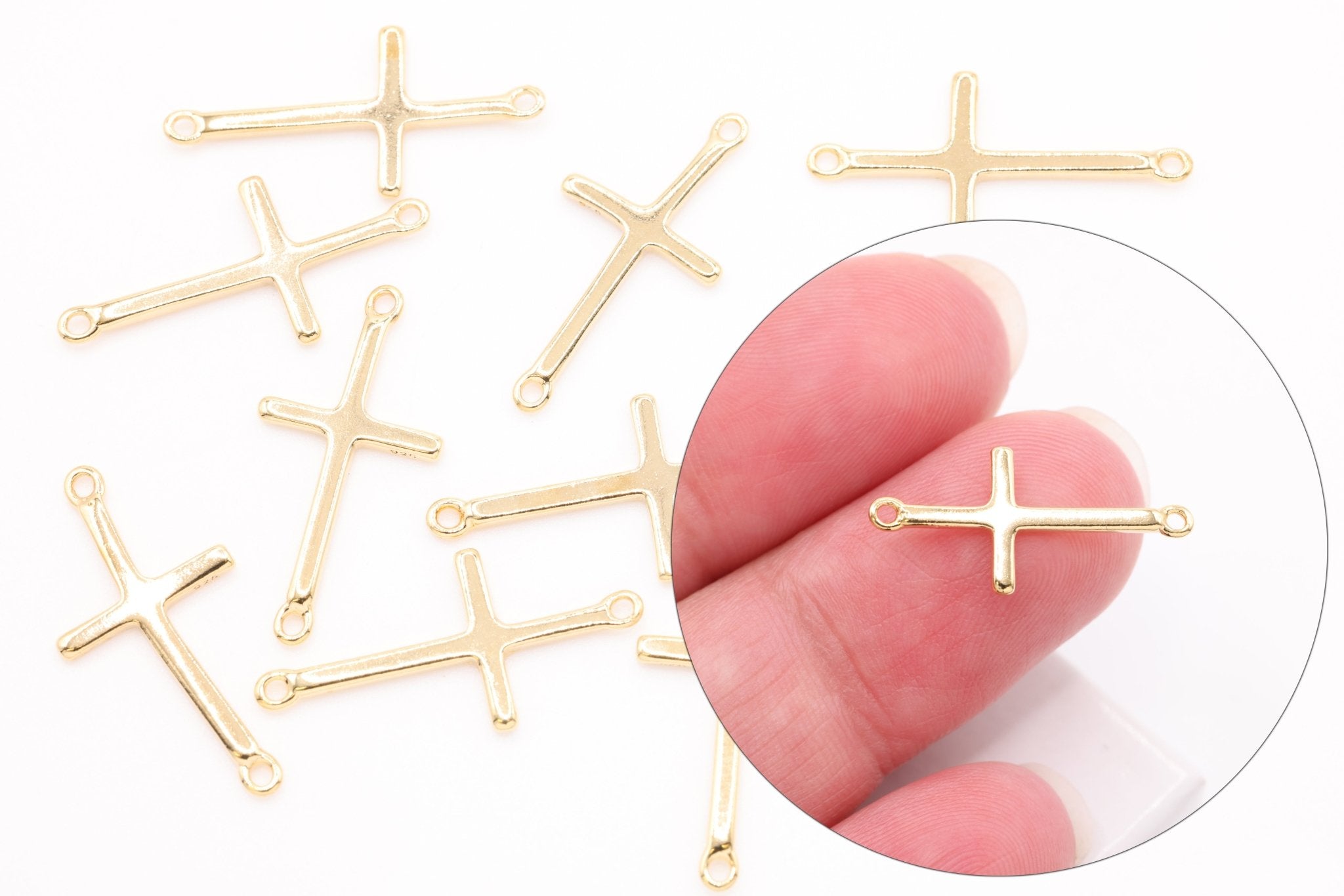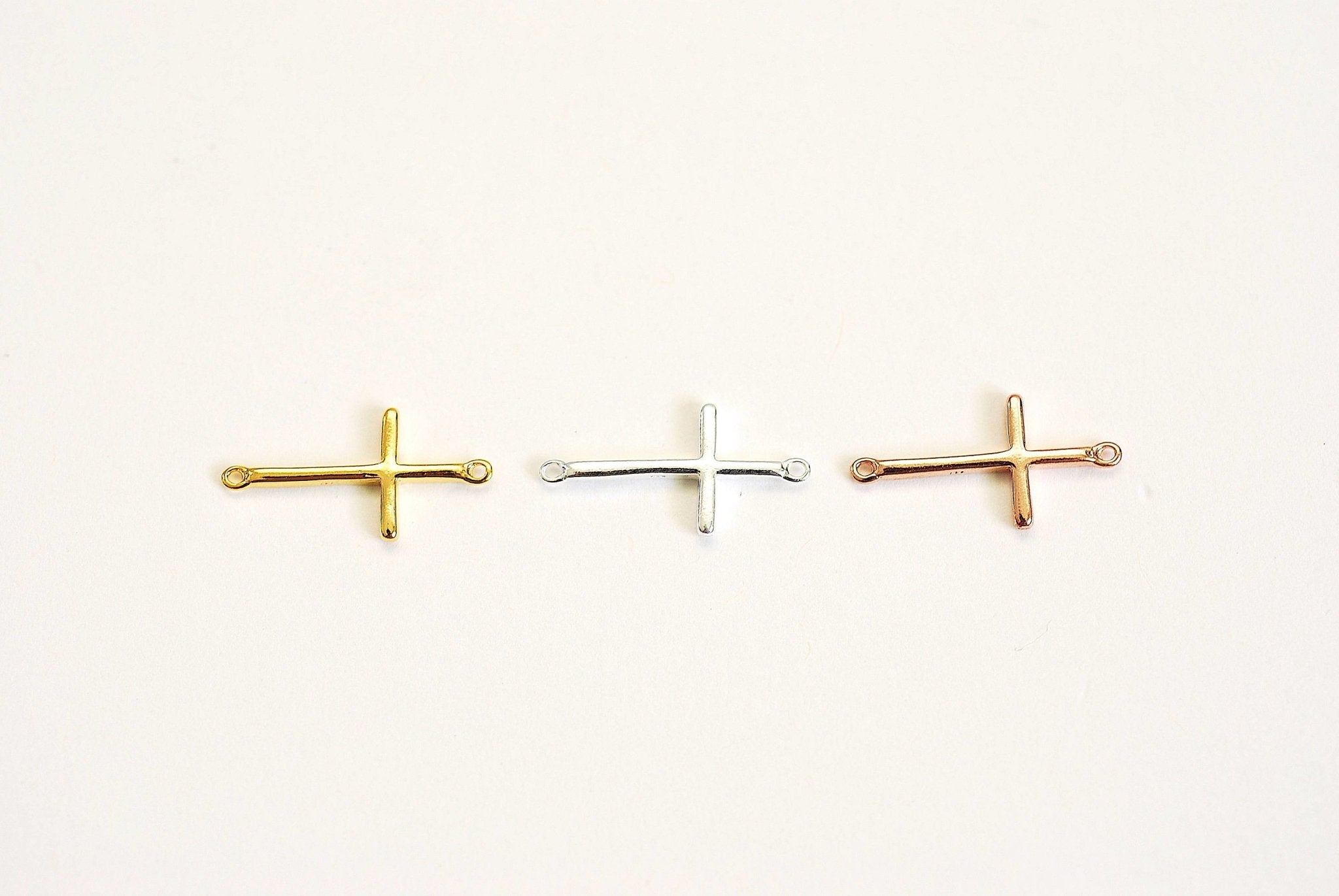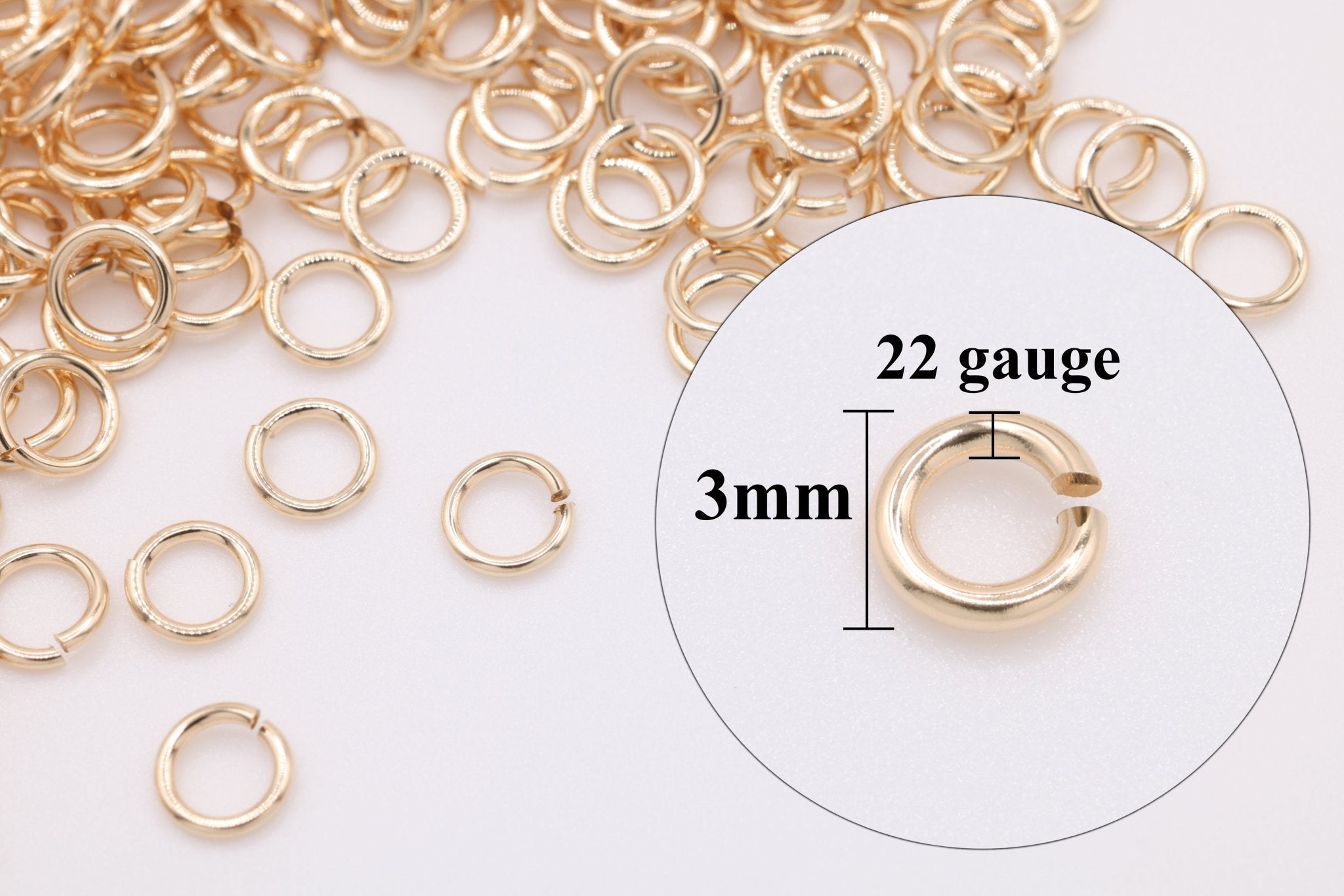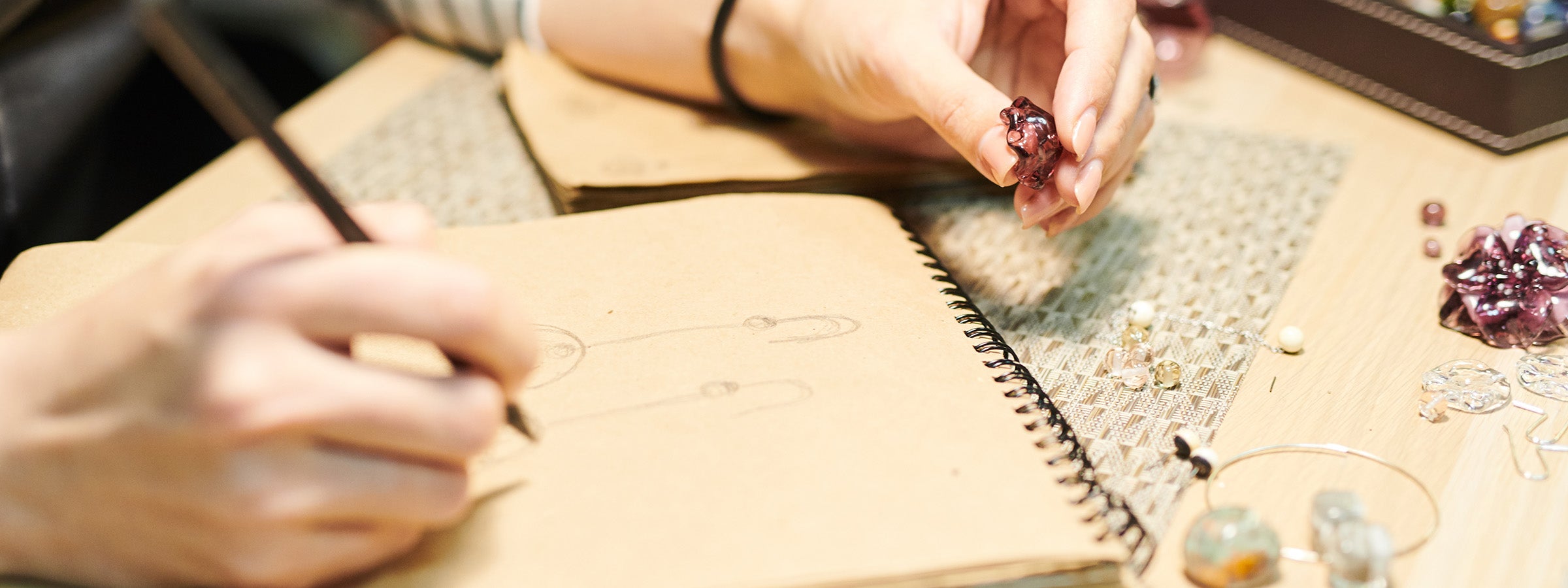Here in the US, there’s a lot of discussion happening right now about fast fashion and the vast jewelry industry that’s tied up in it -- and with good reason. Both are a massive source of revenue, the latter of the two undoubtedly smaller yet pulling in 62.9 billion dollars in 2020 alone, often leveraging not-so-great production practices in order to achieve such impressive totals.
However, things seem to be changing for the better. Despite retail figures rising exponentially year after year, people are increasingly opting for more ethically produced options. Handmade choices -- particularly jewelry -- crafted by small businesses are especially popular at the moment, meaning it’s a perfect time to jump on the bandwagon.
Not sure where to start, though, or uncertain why it’s better than mass-produced? Well, we’re here to lend a little assistance with our DIY-er’s guide to handmade jewelry. Read along, and you’ll learn everything you need to know to get hands-on with all things handmade.
The Benefits of Going Homemade

While you have likely bought a few pieces of handmade jewelry at one point or another, you probably haven’t given any great thought to what actually constitutes the handmade moniker. Basically, handmade jewelry is any accessory that is not mass-produced through the use of machinery. This means any design churned out in the thousands by robots and conveyor belts are firmly out, and any one-of-a-kind piece lovingly shaped by human hands or basic tools is in.
Some might hear this and instantly think about the downsides. And it’s true -- like with anything else, there are downsides to handmade jewelry. For one thing, they can’t be standardized, leading to irregularities or perceived “flaws” in the end product. Production can also (sometimes) be more expensive and labor-intensive.
Yet there are also many benefits to making jewelry yourself or buying from others who make jewelry with their own two hands. One significant advantage is ironically the same as a previously listed con: the jewelry piece that gets made is likely imperfect.
There’s almost bound to be a line that’s slightly crooked or a curve that’s just a little flatter than another, and that’s a beautiful thing. Why? It gives the accessory character! These tiny variations all add up to creating a truly unique piece that no one else can ever have, making them all the more stylish for it and creating a more personal connection between you and your new accessory. Beyond contributing to a more unique piece, though, opting for handmade over mass-manufactured:
- Helps support small businesses and individual artisans.
- Tends to be more environmentally friendly and sustainable.
- Encourages fairer competition and creativity.
- Adds a certain amount of exclusivity not otherwise available outside custom pieces.
Types of Handmade Jewelry
Fabricated Jewelry

A fairly specialized type of handmade jewelry, fabricated jewelry is that which requires some amount of metalsmithing and jewelry bench skills. Jewelry that falls under this categorization is sawed, soldered, cut, and shaped under the watchful eye of its creator, usually ending up with intricate details, beautiful gemstones, and precise curves/angles.
Highly technical, not just anyone can immediately add fabricated jewelry-making to their resume. It takes considerable skill and is not something beginners can pick up randomly. Don't just consult a quick YouTube video if you really want to give it a go. Reach out to a professional and ask if they’d be willing to teach you. That takes more effort, but you’ll learn so much more and will be far safer, too!
Wire-Wrapped Jewelry
As suggested by the title, wire-wrapped jewelry is a kind of handmade jewelry that utilizes wire and wrapping techniques to create wearable pieces of art. A broad range of styles can come from this type of jewelry, but gemstones, wooden beads, pendants, and dainty charms often make an appearance in wire-wrapped designs.
Because of this broad categorization, wire-wrapped jewelry is incredibly versatile. No matter if you’re a complete newbie or have tons of experience making jewelry, you can make a wire-wrapped accessory that looks great. It just requires you to play around with shaping and materials to find what works for you.
Enameled Jewelry
Find some of the other types of handmade jewelry a little too typical for your tastes? Enameled jewelry might be more your speed. This type of jewelry is created by permanently bonding glass powder with metal jewelry. The actual mechanics of it are definitely more nuanced but it is broadly done by heating the powder by torch-fire and allowing the two different materials to meld into something new.
The result of this technique is usually very colorful and aesthetic. Even better, you can actually pull this off pretty cheaply and easily. However, it’s still pretty dangerous due to the hot temperatures involved. Always be safe with enameled jewelry and leave it to the pros if you’re nervous or uninitiated.
Beaded Jewelry

Just like it says on the tin, beaded jewelry uses beads to make a necklace, bracelet, ring, or another kind of accessory. Said beads can come in any material you want as long as it’s reasonably durable. Wood, gemstones, semi-precious stones, natural shell, and even plastic are all often used within this specific jewelry-making art form, which makes it accessible for folks of all budgets, abilities, and locations.
With beaded jewelry, the barrier to entry is very low and is a great place to start for those who are new to DIY stuff but still want to make jewelry for themselves, friends, family, or even customers. Worried beaded jewelry won’t be as impactful as other types? Give it a little personality with a mixture of bead thicknesses, unique color combos, and letters/numbers.
Hand-Assembled Jewelry

Beaded jewelry is an easier type to make. Still, there's no better choice than hand-assembled jewelry-making for those who genuinely want the most simple and straightforward introduction to crafting accessories. Unlike most other situations, hand-assembled jewelry is made by combining already created components into a new form.
The specifics of how you do this are entirely up to you. Some people start by simply visiting their local crafting shop, picking up charms and chain, and making a necklace or little bracelet out of these pre-made materials. But some will jazz this practice up by utilizing pieces from personal jewelry/thrift shop finds or combining hand-assembly with other techniques.
How to Start Making Jewelry Yourself
Find yourself excited by everything we’ve covered thus far, or already have a vision for a custom piece of handmade jewelry in mind? If so, we’d recommend to stop thinking and start doing! Making jewelry yourself might appear a little intimidating at first glance, yet it doesn’t have to be in practice.
HarperCrown has all the items you need to get started with jewelry making.
The key here is merely to start small and work your way up. Don’t do what many do and get in over your head by attempting a complicated fabricated project when you know next to nothing about metalsmithing. That’s a good way to feel overwhelmed, get disappointed in your abilities, and quit before you ever even begin, not to mention possibly get injured messing with things you don’t understand! We don’t want that.
A better alternative is to test the waters with hand-assembled jewelry or, for those who want something slightly more involved, beaded jewelry. Each of these is relatively easy to pick up with a bit of practice, fairly inexpensive to try, and can produce wearable products within only a few days.
Gave it a shot and caught the jewelry-making bug? Then you can move on to something requiring a bit more finesse or time commitment. But always go for the simpler stuff first, and just as importantly, give yourself time to learn. You might not be a master craftsperson overnight, and that’s okay! Take your time and enjoy the process. Reach out to friends who have some experience or watch a few YouTube tutorials. Put in the effort to patiently learn, and you’ll get there in the end.

